Showing posts with label Maggi Carstairs. Show all posts
Showing posts with label Maggi Carstairs. Show all posts
Monday, January 4, 2010
A Mile of Machines at Ilfracombe Queensland
http://www.ebrochures.com/ebrochures/eBooks/Travel/A_Mile_of_Machines
Ilfracombe Machinery and Heritage Museum
The Museum, situated on the northern side of the main road, provides an insight into this past with its displays of an old police lock-up used between 1901 and 1974, a meat house, the old manual post office exchange, a machinery shed with steam engines, tractors, pumps, graders, trucks, drays, buggies, a 100-million year-old petrified palm, curious natural limestone rocks with a remarkably rounded form, along with other interesting artefacts and memorabilia. One of the old wagons possessed by the museum was once in local use. It was drawn by 20 or 30 horses and carted about 100 bales of wool (weighing 15 to 20 tons) to sea ports such as Bowen or Rockhampton: a six-month return journey.
Also on-site is 'Oakhampton', a cottage which was once part of the 'Lyndon' estate. It is considered typical of a station hand's married quarters and was common enough on rural stations until after World War II. It now sells souvenirs and crafts, The museum has been built in the style of an old station homestead. It is open permanently with no entry charge.
Ilfracombe
Tiny western Queensland township surrounded by large grazing properties.
Looking at the tiny settlement of Ilfracombe, with its one hotel and rather isolated Folk Museum, it is hard to imagine that, in the 1890s, the town had three hotels each with its own dance hall, a soft drink maker, a coach builder, two general stores, a billiard saloon, a dressmaker, three commission agents, a couple of butchers, a baker and a saddler. The story of western Queensland is contained in these changes. Once transportation became efficient the number of people living in the outback declined. What took a month in the 1890s can now take only a few hours.
Today there are just 350 people living in a shire which covers an area of 6500 sq. km. The old stations where anything up to 100 people were employed are now a thing of the past. Back in1892 Wellshot Station (60 km south of town) was the largest sheep station in the world, in terms of the number of sheep it ran: 460 000. Indeed, so predominant was it that Ilfracombe was, until 1890, known as Wellshot.
Labels:
Ilfracombe,
Maggi Carstairs,
Museum,
Queensland
Sunday, December 20, 2009
Calves in the Holding Pens
The calves are separated from the Mothers for treatment.They get branded, deballed if male, dehorned, and injected.
They are not happy away from their mothers.
Some are very young, others re as old as 8 months.
They wait patiently huddled together in the holding yard.

Labels:
Brahman,
Calves,
cattle,
Maggi Carstairs,
muster roundup
Brahman Cattle
The American Brahman has a distinct large hump over the top of the shoulder and neck, and a loose flap of skin (dewlap) hanging from the neck. Their ears are larger than Bos taurus breeds. Bulls weigh 1,600 to 2,200 pounds (800 to 1,100 kg) and cows weigh 1,000 to 1,400 pounds (500 to 700 kg). At birth, calves weigh 60 to 65 pounds (30 to 33 kg). American Brahmans are known as a docile, intelligent breed of beef cattle. Brahman cattle can be gray or red color. Their tail switch is black, and they have black pigmentation on their noses, tips of ears, and hooves. They are primarily a horned breed of cattle however there are some bloodlines of Brahman that are naturally polled (without horns).
Brahmans have a greater ability to withstand heat than European cattle. They have more sweat glands, and also an oily skin, thought to help repel pest insects along with a smooth coat. They have a short hair coat. They are also more resistant to parasites and disease. Brahmans have also been extensively crossbred with European cattle in subtropical United States, in Central America and in some tropical areas of the world to gain their advantages in hot climates. Brahman crossed cattle, referred to as F-1 Brahmans, are very popular in the southern 1/3 of the United States and in South America, Asia, and Australia because of the sub-tropical climate. An F-1 Brahman can be a cross between any two unrelated breeds, however it is most popular when crossed with Hereford and Angus.
A Brahman cow is an extremely good mother, offering protection and an abundance of milk for her calves. Brahman calves tend to measure high weights at weaning because of the outstanding milk given by Brahman cows. In some countries, especially South America, Brahman cattle are used for both milk and beef production.
Labels:
Brahman,
cattle,
Maggi Carstairs,
muster roundup
Saturday, October 17, 2009
Broome to Perth by Motorvan
I drove 3,000 kms along Highway 1 from Broome to Perth.
It took 6 days of driving in over 50 degree heat in January...Australia's Hot Summer.
Outback Australia
It took 6 days of driving in over 50 degree heat in January...Australia's Hot Summer.
Outback Australia
Labels:
Australian Outback,
Broome,
Maggi Carstairs,
Outback,
portrait
Subscribe to:
Posts (Atom)

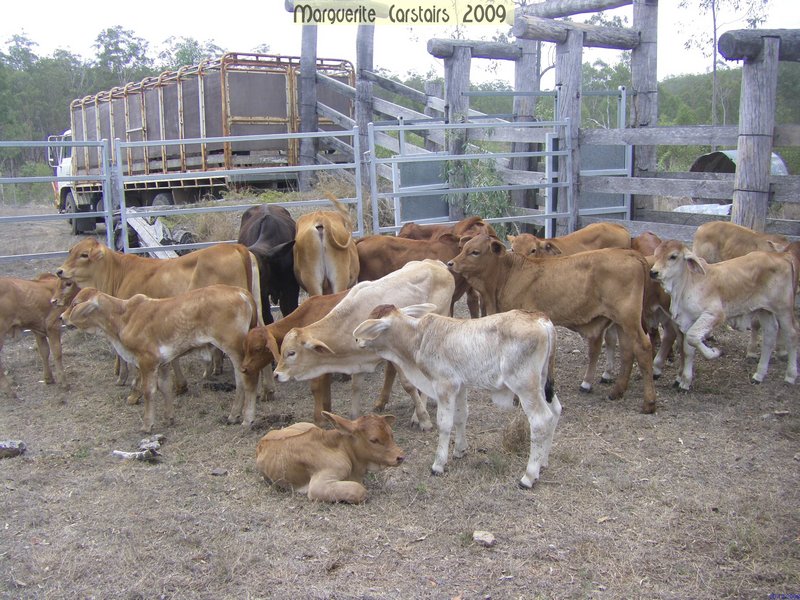

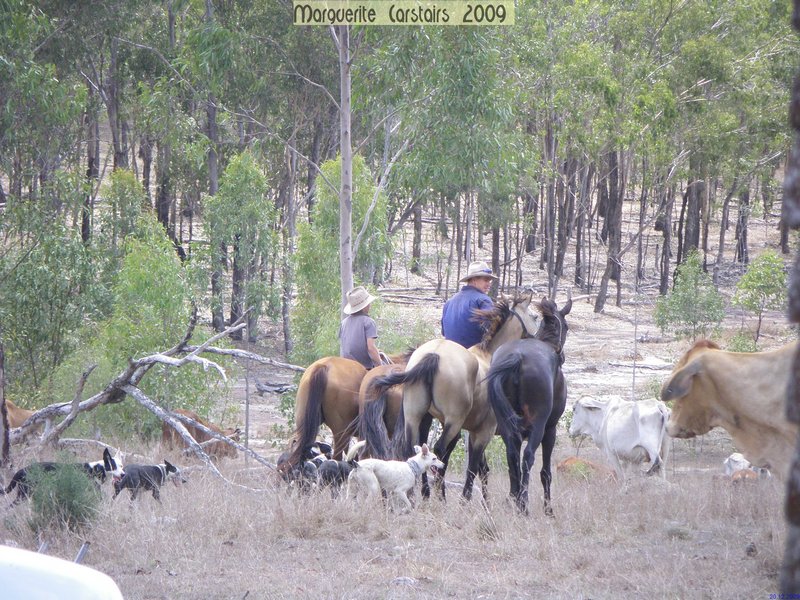

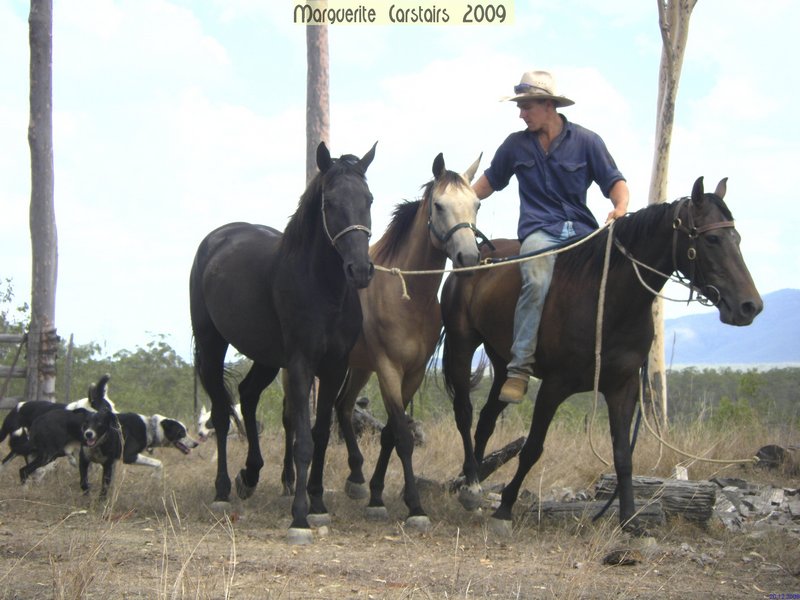



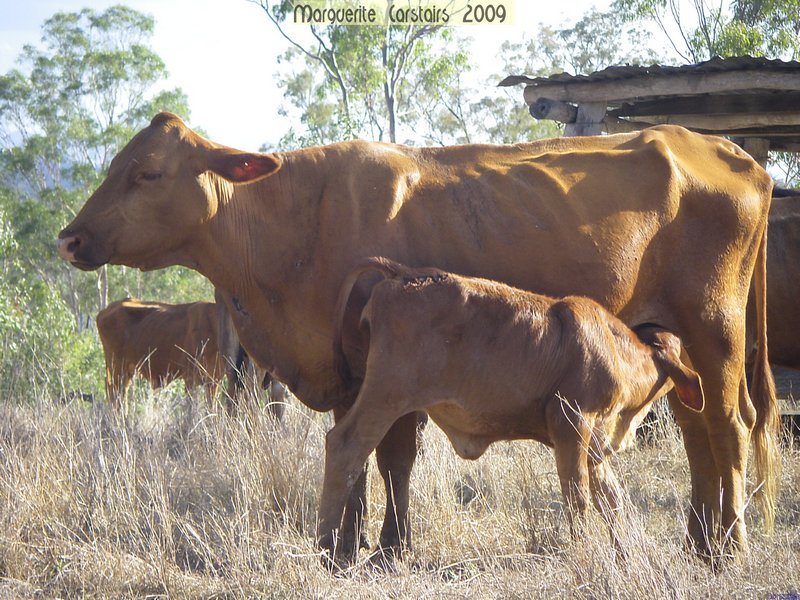

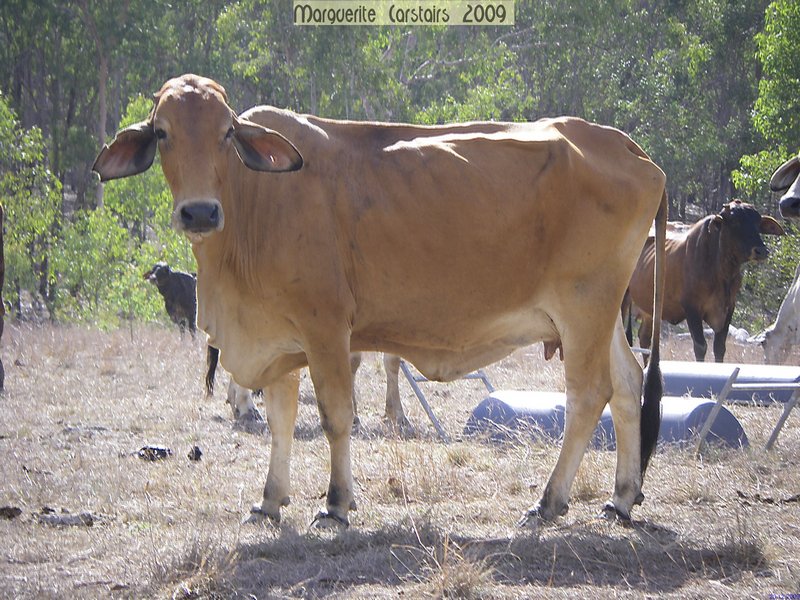
140x45.jpg)


